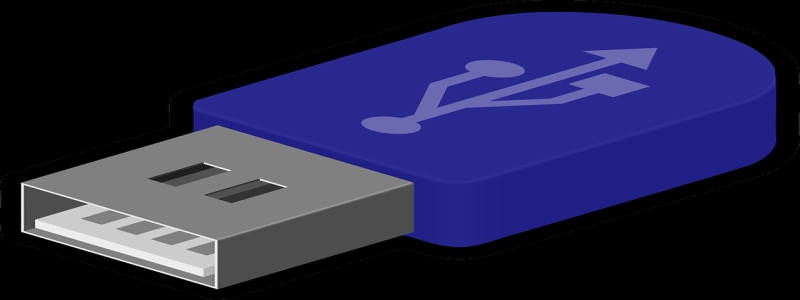Home Ethernet Port
Introduction:
In today’s fast-paced digital world, having a reliable and efficient internet connection has become a necessity. With the increasing number of connected devices in our homes, such as smartphones, tablets, smart TVs, and gaming consoles, it is crucial to have a stable and fast network connection. While Wi-Fi has become the most common method of connecting to the internet, a home Ethernet port offers several advantages that can greatly improve your internet experience.
I. What is a home Ethernet port?
A home Ethernet port, also known as an Ethernet jack or LAN port, is a physical connection on a device that allows it to be directly connected to a local area network (LAN) using an Ethernet cable. This port provides a wired connection, which offers greater stability, reliability, and faster speeds compared to a wireless connection.
II. Benefits of using a home Ethernet port:
1. Faster and more stable connection: Ethernet ports offer higher data transfer speeds compared to Wi-Fi, making them ideal for activities that require a stable and fast internet connection, such as online gaming and streaming high-definition videos.
2. Reduced interference: Wi-Fi connections can be affected by various factors like distance from the router, signal congestion, and interference from other wireless devices. Using a home Ethernet port eliminates these potential issues and provides a more consistent connection.
3. Improved security: Wired connections are more secure than wireless connections as they are not susceptible to hacking or unauthorized access. This is especially important when transmitting sensitive information or conducting secure transactions online.
4. Lower latency: Ethernet ports provide lower latency, which is essential for tasks that require real-time responsiveness, like online gaming or video conferencing. This reduced delay ensures smooth and uninterrupted activities without lags or buffering.
5. Convenient for stationary devices: Devices that remain in one location, such as desktop computers or smart TVs, can benefit from a permanent wired connection. This eliminates the need for constant Wi-Fi reconnection and provides a reliable internet connection without interruptions.
III. How to set up a home Ethernet port:
1. Check your devices: Ensure that your device, such as a computer or TV, has an Ethernet port. Most modern devices are equipped with at least one Ethernet port.
2. Purchase Ethernet cables: Depending on the distance between your device and the router, select the appropriate length of Ethernet cable. These cables are widely available in computer and electronic stores.
3. Connect the cable: Plug one end of the Ethernet cable into the Ethernet port on your device and the other end into an available Ethernet port on your router.
4. Configure network settings: In most cases, your device will automatically recognize the Ethernet connection and configure the necessary settings. However, if required, manually adjust the network settings to enable a wired connection.
5. Test the connection: After setting up the Ethernet connection, perform a speed test or use your preferred online activities to ensure a stable and fast internet connection.
Conclusion:
A home Ethernet port can greatly enhance your internet experience by providing a reliable, fast, and secure connection. From faster download and upload speeds to reduced latency and improved stability, the advantages of a wired connection are invaluable, particularly for activities that require a consistent and high-performing network. Setting up a home Ethernet port is a straightforward process that can be easily accomplished, allowing you to enjoy the benefits of wired connectivity throughout your home.








